2023 Mercedes-EQ EQS SUV Review: A Taller, Better Take on the EQS Sedan
The verdict: The EQS SUV solves a few of the EQS Sedan’s foibles, providing a stunning new entry into the electric luxury crossover field.
Versus the competition: The EQS is far more opulent and sophisticated than anything by Tesla, but its mission of elegance and silent transportation is the EQS SUV’s goal, not athleticism like a Model X.
About a year ago, we got our first spin behind the wheel of Mercedes-Benz’s all-new electric flagship, the 2022 Mercedes-EQ EQS Sedan. It was Mercedes’ first real foray into a next-generation electric car, rode on an all-new platform and pointed the way forward for a company that had for decades been known for its innovation, exceptional luxury and amazing performance. When the EQS Sedan arrived, however, we were equal parts stunned at what the company had accomplished (incredible driving dynamics, surprising range, truly eye-popping display technology) and disappointed at where they’d fallen short (odd vehicle interior packaging, terrible driving position, distracting technology). We wondered at the time if the upcoming SUV version might cure a few of the foibles that had plagued the EQS Sedan.
Now we know. We’ve just had a lengthy spin behind the leather-wrapped wheel of the new 2023 Mercedes-EQ EQS SUV, and while some of the issues have indeed been addressed, many still remain.
Related: 2022 Mercedes-EQ EQS Review: Ze Germans Embrace ze Future
Well, That Looks Better
It’s immediately obvious that the new, swoopy aerodynamic styling works a lot better on a taller, more upright SUV than it does on the low-slung sedan. The front end is very similar to the EQS Sedan, with the same look to the headlights and blocked-off grille, both of which contribute to the SUV’s excellent aerodynamics. But that long arc the sedan uses, which extends from the front wheels up over the roof and down to the short trunk, is necessarily modified for the style of an SUV. The arc is still there, starting by the front wheels, but it becomes a longer, upright, formal roofline resemblant of the conventionally gas-powered GLS SUV.
In fact, the whole look of the EQS SUV is similar to the popular GLS, and that’s not a bad thing. Suffice it to say, the EQ styling aesthetic simply looks better on the SUV. And while this makes it less distinctive than its sedan counterpart, I think less attention on this issue is a good thing in this case.
Solving Only Some of the Interior Issues
One of my biggest criticisms of the EQS Sedan was how its towering cliff of a dashboard obscured the instrument panel gauges behind the steering wheel. The enormous 56-inch Hyperscreen stretches from door to door, hiding three different screens behind a single monstrous pane of glass. I personally hoped that a move to a taller SUV with a taller seating position might help raise the driver’s position relative to the dash a bit, but that hasn’t happened. The driver’s position relative to the gauges is unchanged from the sedan, as the imposing clifflike dash and high-mounted gauges remain in the SUV. This makes for a high dash and beltline that again requires the driver to raise the steering wheel to an unnaturally high position in order to see all of the digital gauges, resulting in an “arms elevated” driving position that is not long-term comfortable — just like in the EQS Sedan.
The rest of the interior design and materials are pretty much identical to the EQS Sedan, from the interesting shapes, textures and colors of the upper dash to the hard plastics and obvious cost-cutting measures taken in the lower parts. The seats are just as comfortable, big thrones adjusted by an unmoving, touch-sensitive chair switch positioned on the doors.
There’s plenty of room up front, and there’s plenty of room in the second row, as well, which is one area decidedly improved from the EQS Sedan. There’s tons of headroom in the second row despite the panoramic moonroof overhead, something that can’t be said for the sedan. Legroom is plentiful, and there’s also a rather small available third row suitable for short trips or children, but putting two full-sized adults back there might make them cranky quickly. Thankfully, the second row does slide fore and aft to allow backseat passengers to negotiate legroom among themselves. Cargo room is obviously also dramatically increased over an EQS Sedan, allowing for more suitcases or golf bags. But the dramatic improvement in second-row comfort means the SUV is absolutely the one to get if passenger transport is a major decision factor in your purchase of an EQS.
A Familiar Driving Experience
If the interior is familiar to anyone stepping out of an EQS Sedan and into the EQS SUV, so is driving experience. There are currently three flavors of EQS SUV: the 450 Plus, 450 4Matic and 580 4Matic. The base 450 Plus has a single-motor rear-drive unit making 355 horsepower and 415 pounds-feet of torque, and its 107.8-kilowatt-hour lithium-ion battery is good for delivering a Mercedes-estimated range of 305 miles on a charge. Stepping up to the 450 4Matic adds a motor to the front axle, delivering all-wheel-drive functionality and good for a combined output of 355 hp and 519 pounds-feet of torque. The battery doesn’t change among the two 450s, however, so range does drop to 285 miles for this variant. It’s also 285 miles for the current top trim of the EQS SUV, the 580 4Matic, which bumps power output to 536 hp and 633 pounds-feet of torque.
All of this prodigious torque delivers a driving experience very much like the EQS Sedan: It’s calm, easily usable, docile and quiet in most driving situations, only bringing that massive output when you specifically demand it — and when it arrives, it comes on like a rocket, launching the big SUV forward in a furious blast of speed accompanied by very little noise at all (unless you’ve turned on the special noises function). What’s clearly evident when underway is that this is a luxury SUV meant to be driven in a way that’s in keeping with its mission — sedately and calmly, not doing anything that might disturb passengers’ Zen. It’s absolutely vaultlike quiet when driving on fresh asphalt, without any tire or wind noise intruding into the cabin.
The ride is posh, though the steering feels rather numb and artificial, if plenty accurate. The EQS SUV doesn’t wander in its lane at all, and tracks level and true through sweeping corners, but there’s no disguising this SUV’s mass. While Mercedes hasn’t yet provided any curb weight numbers for the EQS SUV, it’s obvious that the big battery adds a lot of mass to the vehicle, albeit fairly low in the chassis so as to help with reducing body roll. There is, however, good effort at disguising its length — the rear-axle steering turns the rear wheels up to 10 degrees and makes the EQS SUV just as agile in tight corners and three-point turns as the longer sedan. It’s amazing the spaces the EQS SUV can squeeze into, maneuver through or otherwise bend around in everyday situations. The agility provided by this system will make you want to have it on every vehicle you drive.
As with other EQ models, there are a variety of drive modes to choose from, but switching between Normal and Sport doesn’t seem to change much in the way the SUV feels. Playing with the regenerative braking modes does however, with a choice of three ratings: none (D Plus), normal (D) and strong (D Minus). Normal is well balanced in bringing energy recuperation in to slow the vehicle and put electricity back into the battery, and strong really starts to haul down the SUV with more alacrity. One point of contention in the EQS Sedan was the squishy, artificial brake feel, and that really hasn’t improved much for the SUV. One-pedal driving is possible in the SUV, but the strong setting does also generally require brake pedal application at higher speeds given the SUV’s momentum.
I did not have the opportunity to really test range or charging speeds in my first drive of the EQS SUV, so that will have to wait for a longer week-long stint with the vehicle later in the year.

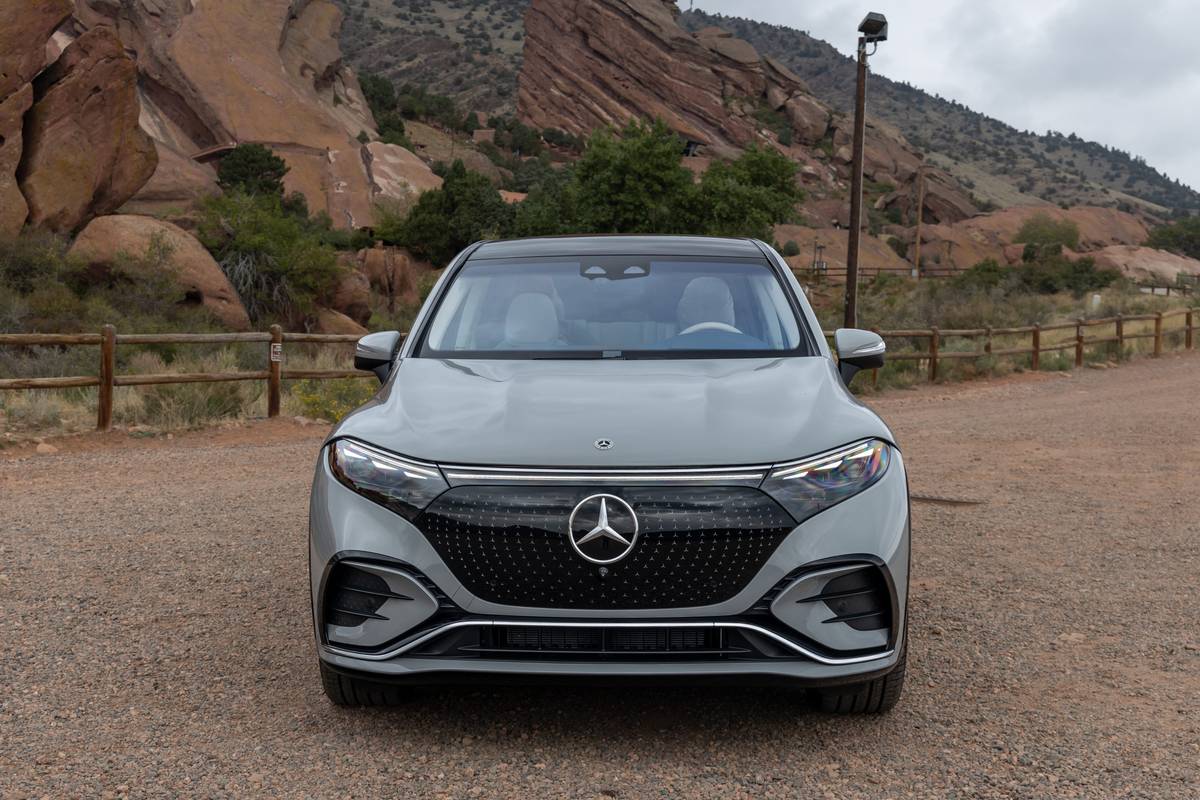
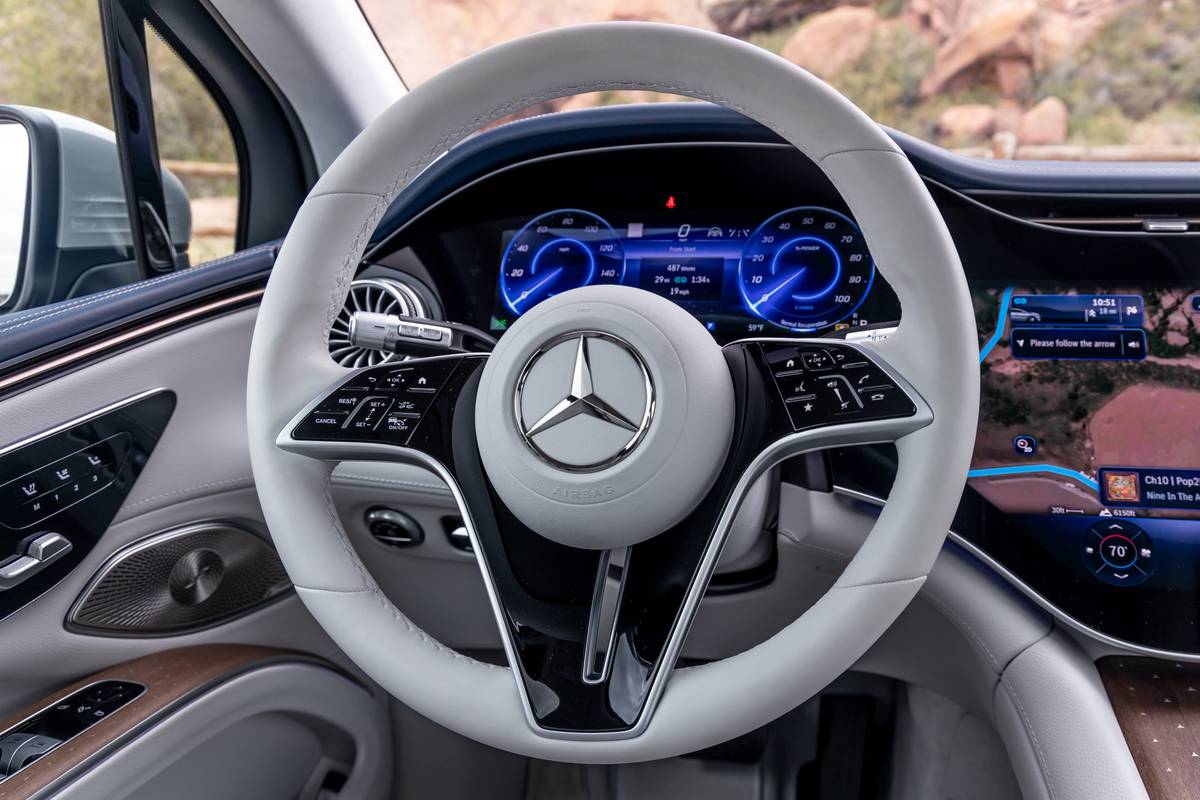
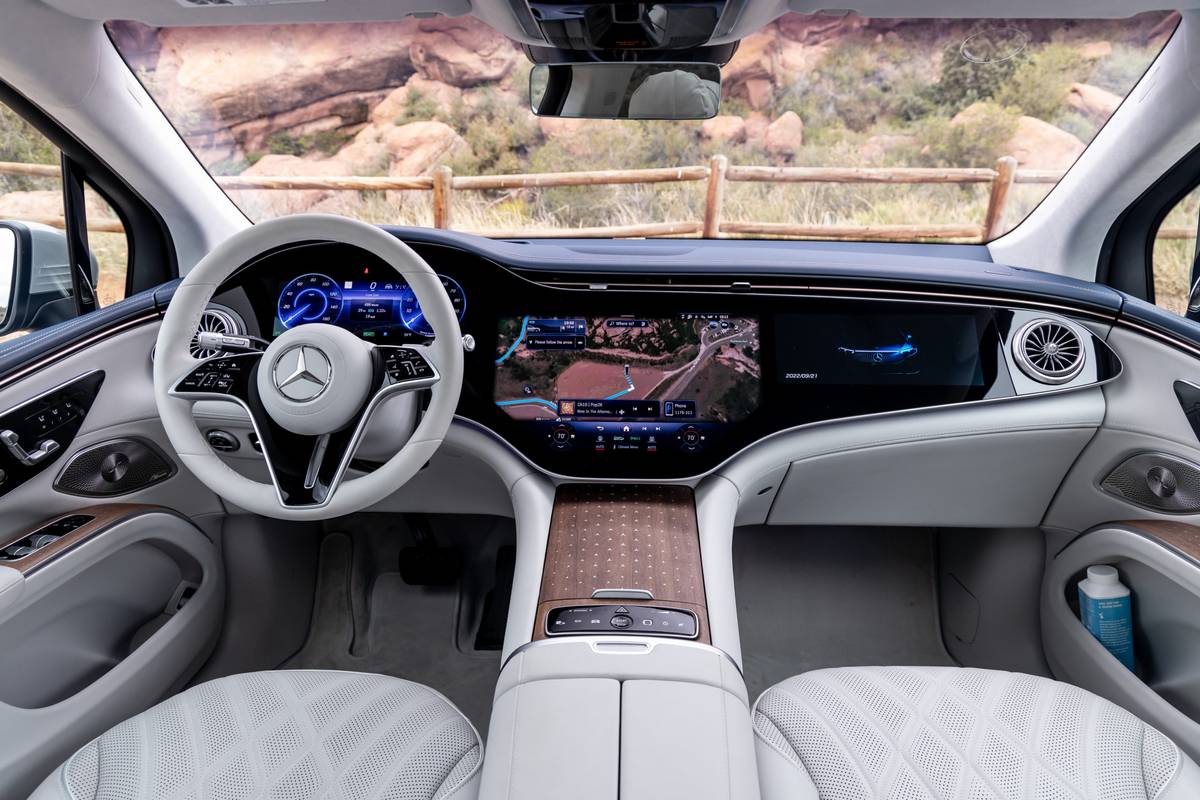
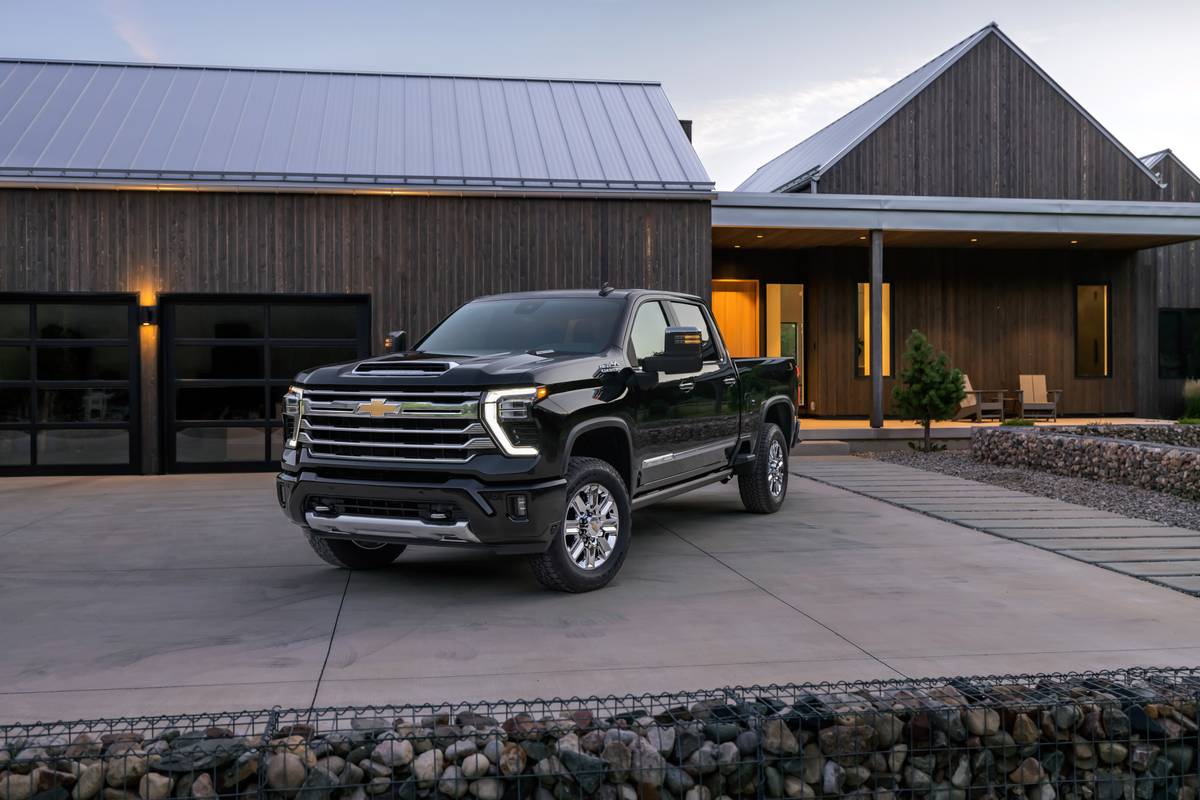
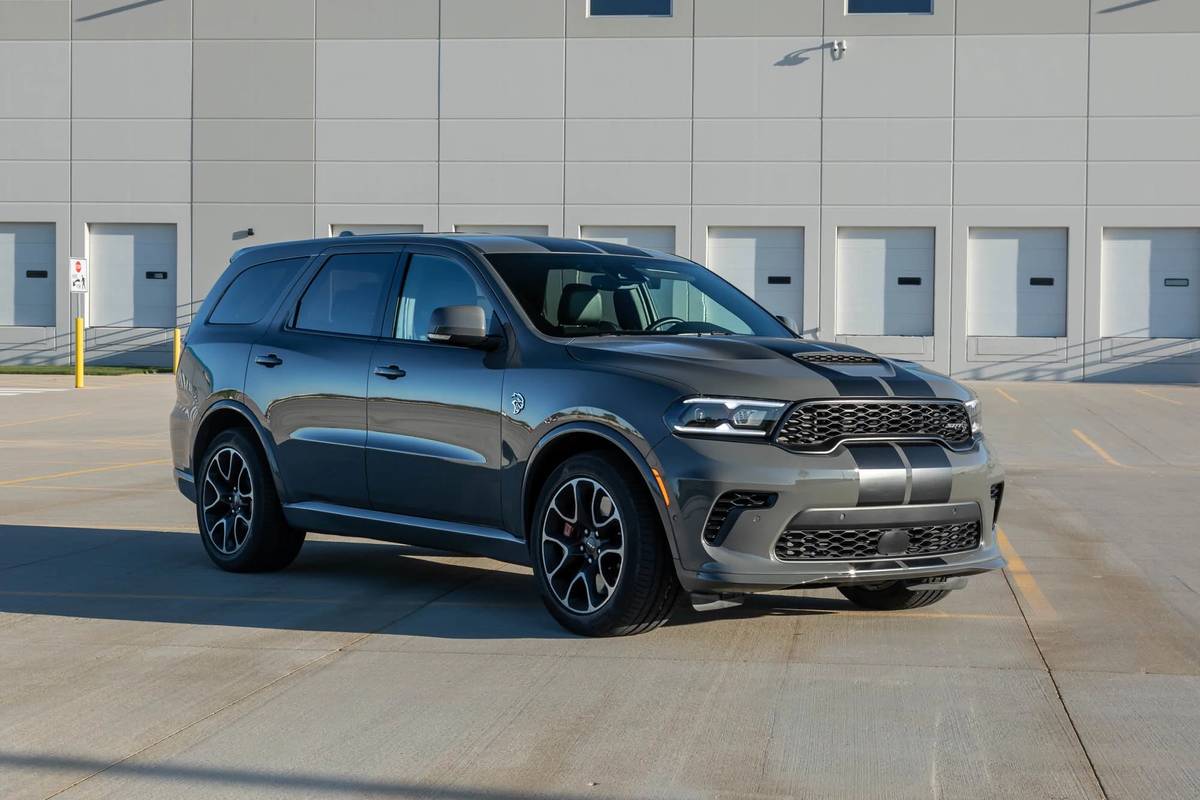

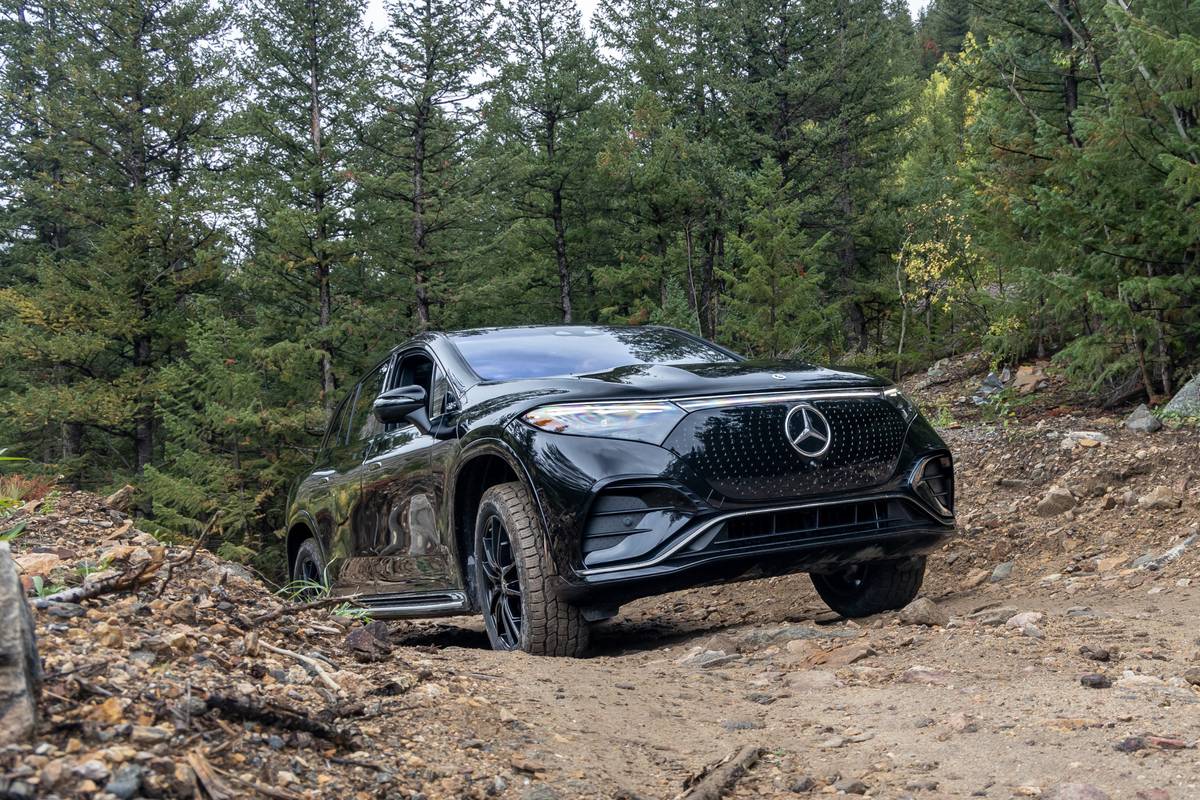

0 Comments